Late last year, the Salisbury Zoo welcomed a new member to join their ranks, Pinocchio the Andean Bear. Shortly after Pinocchio’s introduction to the public this past January, he agreed to meet with Not Your Average American. His publicity team, headed by Zoo Director Ralph Piland, made my husband and myself more than welcome. Read on to find out what we learned about Andean Bears at the Salisbury Zoo in Salisbury, Maryland.
WHAT IS AN ANDEAN BEAR?
Pinocchio is an Andean Bear, sometimes called a Spectacled Bear for the light colored markings that make many bears look as if they are wearing a pair of glasses. They are the only bear native to South America. Although considered an omnivore, only about 5% of their diet comes from eating meat. In large part, the Andean Bear is an herbivore, chowing down on the hearts of bromeliads that grow in the montane cloud forests of Ecuador or munching on the upright frailejon, a plant species native to the high grasslands of the Andean paramo.
Andean Bears once lived throughout the high Andes, from Venezuela to northern Argentina. However, today’s bears are under threat of extinction due to poaching, logging, and farming. Many farming communities have killed bears believing them to be a threat to livestock and to crops. In fact, there is a good chance that Pinocchio’s mother was killed by local farmers or poachers, leaving him and his young sister to fend for themselves at only a few months of age.
If you would like to learn more about Pinocchio’s story, check out Part 1 and Part 2 of this series.
Planning Pinnochio’s Trip
Pinocchio joins the ranks of other famous Andean Bears who have traveled overseas, like the storybook character, Paddington Bear. But while Paddington made his way from the “darkest Peru” to a family home in London, Pinocchio comes from the cloud forests of the Ecuadorian Andes to Salisbury, Maryland.
According to Ian Shelley, the Collection Manager at the Salisbury Zoo, Pinocchio’s trip took many months of coordination but, once planned, seemed to happen overnight. The Ecuadorian government had to first agree to loan Pinocchio as part of an inter-institutional breeding program. Many emails and phone calls took place before Ian and his co-worker, Caleb Oliver, arrived in Quito to accompany Pinocchio on his voyage to the United States. After arriving in Ecuador, the Salisbury team had a mere 36-hours to crate train a bear for his multi-stage voyage that was planned in accordance with the rules and regs of CITES.
What is Cites?
The Convention on International Trade in Endangered Species of Wild Fauna and Flora (CITES) governs the entire process of transferring an Andean Bear, or any endangered animal, across international borders. The Salisbury Zoo had some work to do to be approved as a home for Pinocchio.
First, they had to prove that his removal from Ecuador would not harm the wild population. Since Pinocchio had been held in captivity from the age of 4 months, this was not difficult. Additionally, Pinocchio exhibited signs that he had imprinted on human beings. He easily greeted newcomers with the ease of a diplomat working a cocktail party. Believe it or not, he and I exchanged nose kisses on our very first meeting.
Second, the Salisbury Zoo had to prove they had the capacity to care for Pinocchio. Fortunately, the Andean Bear has been a flagship species for this small, local zoo for over 40 years. They have a long history of caring and breeding this particular endangered species.
Third, they had to demonstrate that Pinocchio’s removal would actually benefit the wild population of Andean Bears in Ecuador. As the zoo was already home to a female Andean Bear named Chaski, the odds seem very good that Pinocchio will mate and carry on his blood line while living in Salisbury. His offspring could one day be returned to the wilds of Ecuador.
It’s a Long Way from Quito, Ecuador
Late last year, Pinocchio traveled from a rescue center in the rural countryside of Ecuador to the international airport in the capital city Quito. Then he flew to Miami, Florida, a flight of about four hours. From Miami, he traveled by truck (unfortunately, getting slightly carsick along the way) to the Maryland border where he was greeted by an entourage of Salisbury Police. They provided a special escort for the final leg of Pinnochio’s long journey to his new home.
Pinocchio is the first Andean Bear to travel under the Chesapeake Bay! And, dare I say, he is likely the most famous Ecuadorian living in the United States.
It was hard for many Ecuadorians to say goodbye to Pinocchio. As a matter of fact, many citizens signed a petition to keep Pinocchio and see him reintroduced to the wild. Many are supporters of an organization, the Andean Bear Foundation, that hoped to rehabilitate Pinocchio. Its founder, Armando Castellanos, still believes that Pinocchio would be better off in a wilderness area of an Ecuadorian National Park than in a zoo in Maryland.
Building Partnerships
Despite Castellanos assessment, Salisbury Zoo Director Piland argues,
“Pinocchio is incapable of developing the skill set needed to survive in the wild.
The real tragedy is that he was taken from the wild in the first place.”
On the latter point, both men can agree. Furthermore, Castellanos understands that even if his organization had been given the opportunity to reintroduce Pinocchio to the wild, their attempt might never have succeeded. He only wished his team had been given a chance.
Because many Ecuadorians fear that their government didn’t give Pinocchio a chance to prove himself and only sold him to make a profit, I made sure to confirm with the zoo staff that no money had exchanged hands. Director Piland confirmed that it is illegal to sell animals like Pinocchio. While the Salisbury Zoo looks forward to helping the Ecuadorian Ministry of Environment with further conservation programs, they will provide equipment and services, not money.
Furthermore, Piland would like to learn more about the cultural and social history of Andean Bears in Ecuador, including local myths and legends. Maybe one day, organizations like the Andean Bear Foundation will help the Salisbury Zoo further their projects with the Ecuadorian Ministry of Environment. The future of conservation of these grand animals will depend on public/private partnerships that invite all stakeholders to the table.
In the meantime, Pinocchio still belongs to the people of Ecuador. He is an expat extraordinaire!
Welcome to Salisbury
Nearly 4,500 people greeted Pinocchio at his official grand debut at the Salisbury Zoo. My husband and I came a couple of weeks later, wanting to greet a bear who had a little time to settle into his new home. We arrived on a quiet, Friday afternoon to find Pinocchio holding court at a clear glass window as a family with children looked on. He seemed quite comfortable, lumbering through his tree-shaded enclosure, occasionally stopping in a small pond to sip at a rivulet of water.
Pinocchio seemed as excited to meet us as we were to meet him. The staff took us behind the scenes so that we could get a little up close and personal. With only a fence between us, Pinocchio was able to sniff and greet in a way only an Andean Bear can, with a damp nose and huge paws pressed up against the chain link fence. I had not realized how tall a male Andean Bear actually is. Even then, I know he is considered small when compared to species like the Black Bear or the Grizzly. Yet he still towered over my 5’4″ frame.
One thing that struck me besides his friendliness was his absolute beauty. His fur is a luxurious dark black and while he does not bear the traditional spectacles of many of his species, his face has a slight dusting of cinnamon and nutmeg fur. His nose bears a scar from a growth that veterinarians removed when he was young and was the origin of his fairytale name. But much of his beauty lies in the deep, dark pools of his eyes.
Although he couldn’t speak, Pinocchio clearly smiled and said a silent hello and seemed to ask “Would you care to scratch my back?” I was so tempted to reach between the chain links and stroke his beautiful fur. At the same time, I was deathly afraid. Something primal warned me that this was a wild animal. I cringed a little inside to see this majestic creature in such a place, as nice as the zoo enclosure might be.
And then he reached out to touch his nose to mine. Pinocchio is a wild bear no longer.
Pinocchio At The Salisbury Zoo
Pinocchio’s days are spent doing more than exchanging greetings with visitors. He has a strict schedule that includes training. Zookeeper Jessica O’Neill demonstrated one of his exercises. She places a short pole with a white pad at its end near the fence. When Pinocchio touches it with his nose, he receives a squirt of delicious honeyed water. With mouth wide open, he practically inhales the treat. This type of training makes it easier to help Pinocchio when he needs to take medication or receive an immunization. It’s important that this huge hunk of fur follows direction when need be.
We also learned that Pinnochio’s main diet is comprised of omnivore biscuits and lots of vegetables with the occasional meaty treat to satisfy his carnivorous side. Yet his favorite treats are avocados and eggs, foods he likely enjoyed in Ecuador.
I asked how Pinocchio enjoyed his first snowfall in Maryland and Piland told me that nothing, not even snow, seemed to phase him. He just lumbered along like he does every day. Now that the weather is warming up, the keepers will provide misters and icy treats to help Pinocchio adapt to the hot, humid weather of the Delmarva Peninsula.
His favorite activity is the large pool located in a nearby enclosure. Soon, he will have ready access but for the moment, the pool belongs to his new mate, Chaski. They have yet to meet face to face. They merely sniff each other from a distance in order to help them become accustomed to one another. The staff conducts a shuffling act with gates and interior enclosures to allow the two bears to swap places until such time they think the two are ready to meet face to face.
Pinocchio’s Future
While the zoo staff begins the long process of training Pinocchio to respond to their commands, they have clearly noted that this huge, 230-pound bear often thinks he is human. They fear that if Pinocchio was released to the wild, he would find his way back to humans and inadvertently greet them as he does the staff, towering overhead on his two strong back legs, his great clawed paws held forward, and his inquisitive nose searching for a kiss. He is more like a huge, loveable puppy than a wild bear. Even Chaski shows more wild traits despite having lived in captivity for longer. They are positive that Pinocchio has found the right home in Salisbury.
As we were getting ready to leave, we stopped to talk to some visitors. I spoke to the Dan and Carla Hannon, visiting from Connecticut, and their parents, Patrick and Claudia Hannon, local Salisbury residents. Carla Hannon explained,
“When our kids were little, we always brought them to the zoo. Dad told us about the newest bear after he read in the paper that there was a record turn out, over 4000 people, last Saturday. We all said ‘Let’s go see the bear!’”
Her father, Patrick Hannon, knows from long experience that many families will stop in Salisbury on their way to a popular Delmarva destination, Ocean City. But once the kids get a taste for the zoo, they’ll be back again, if just to see the Andean Bears.
Patrick has a way with words and summed up the hope of the zoo staff and the Salisbury community in a short but simple statement:
“Wait until he finds his lady friend. Oh my.”
Here’s hoping to good news from Pinocchio and Chaski in the near future. May we see many baby bears returned to the wild!
If you would like to help Pinocchio and Chaska, check out the Adopt an Animal Program at the Salisbury Zoo.
If you would like to make a donation to help promote the Andean Bear Foundation in Ecuador, please click on the button on their landing page and use Paypal to complete your donation. You can also follow their work on Facebook.
North Americans might prefer to donate via the Zoo Conservation Outreach Group.
If you would like to share your experience with Andean Spectacled Bears, please contact us.


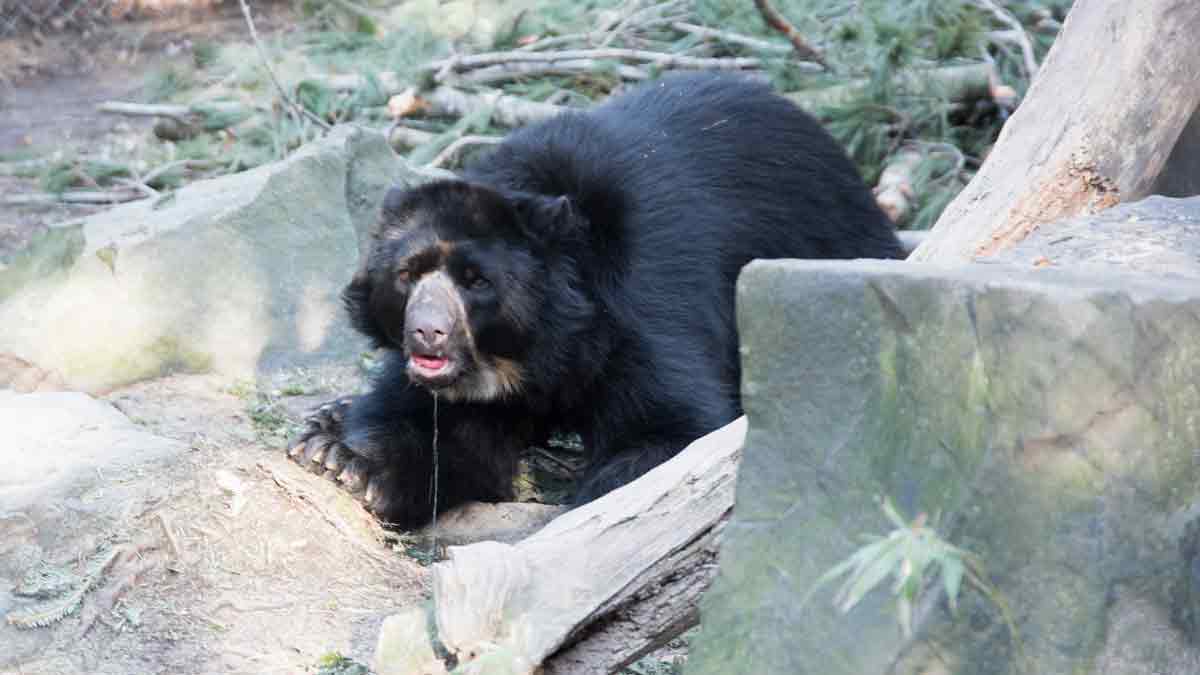
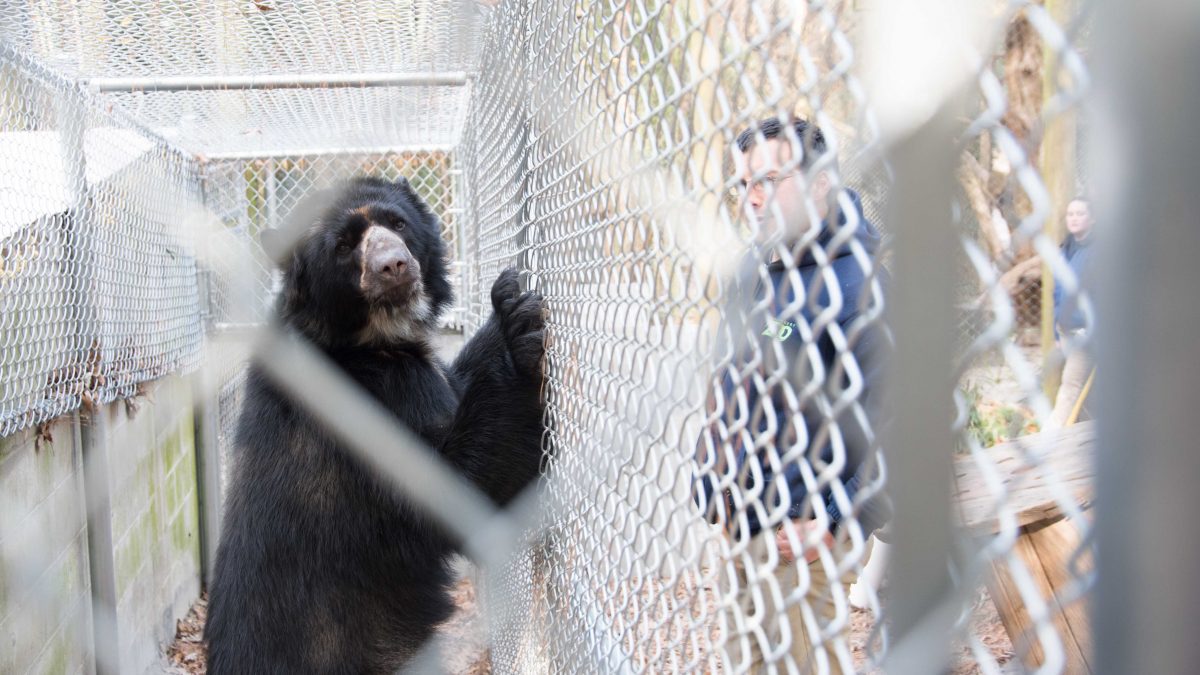
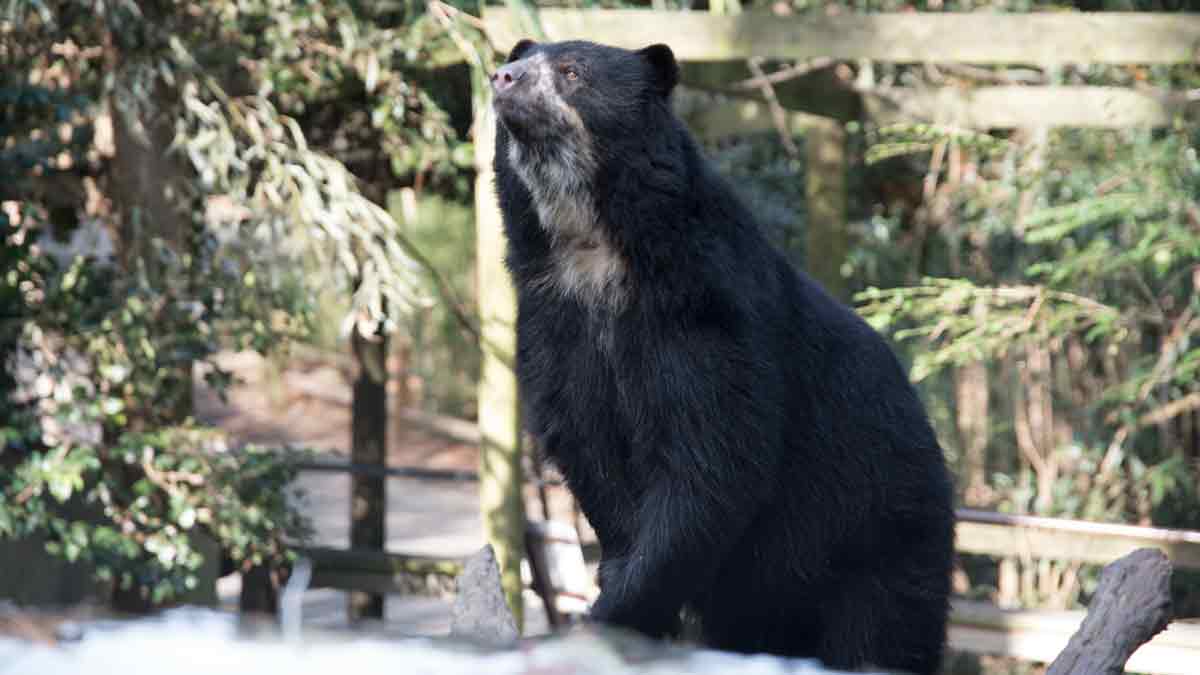
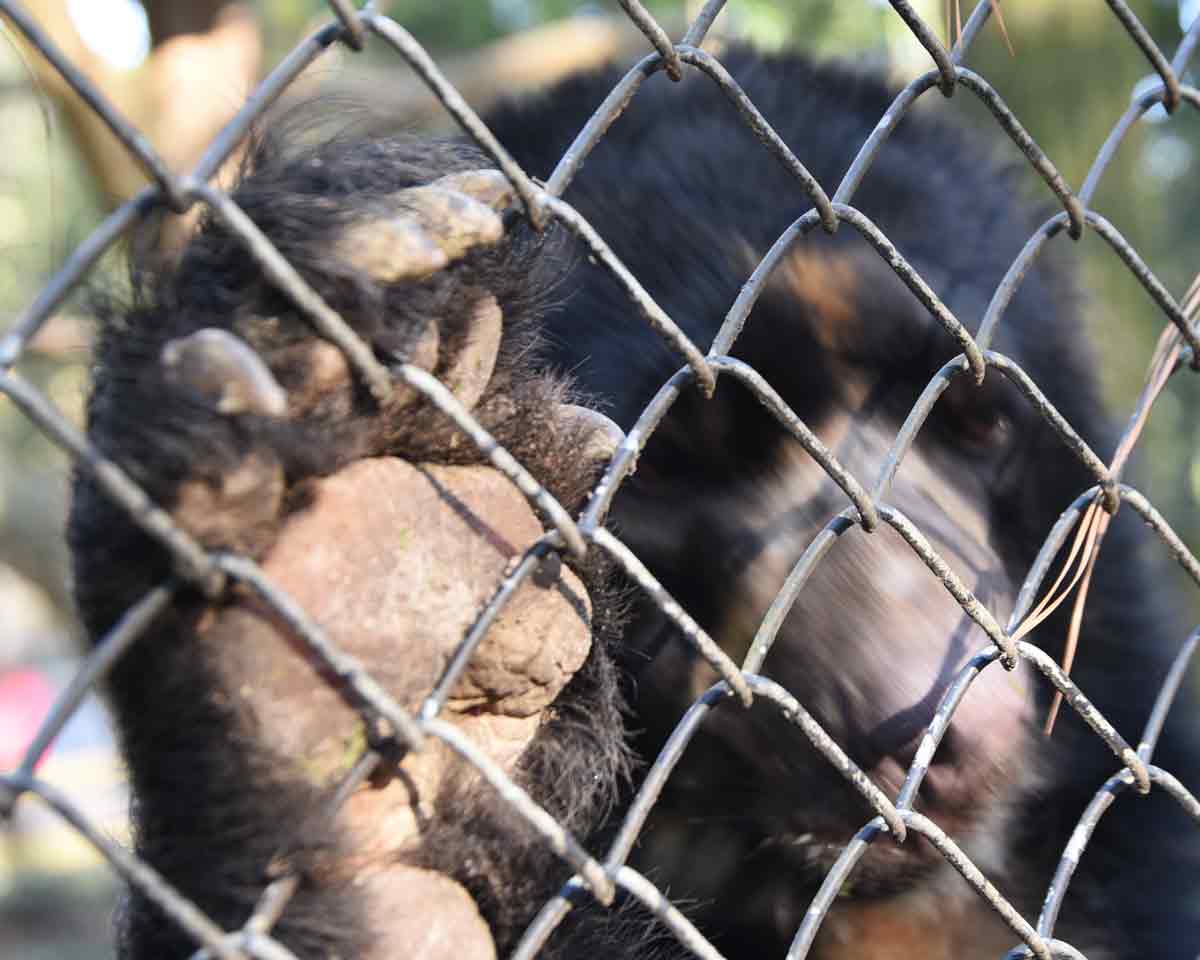
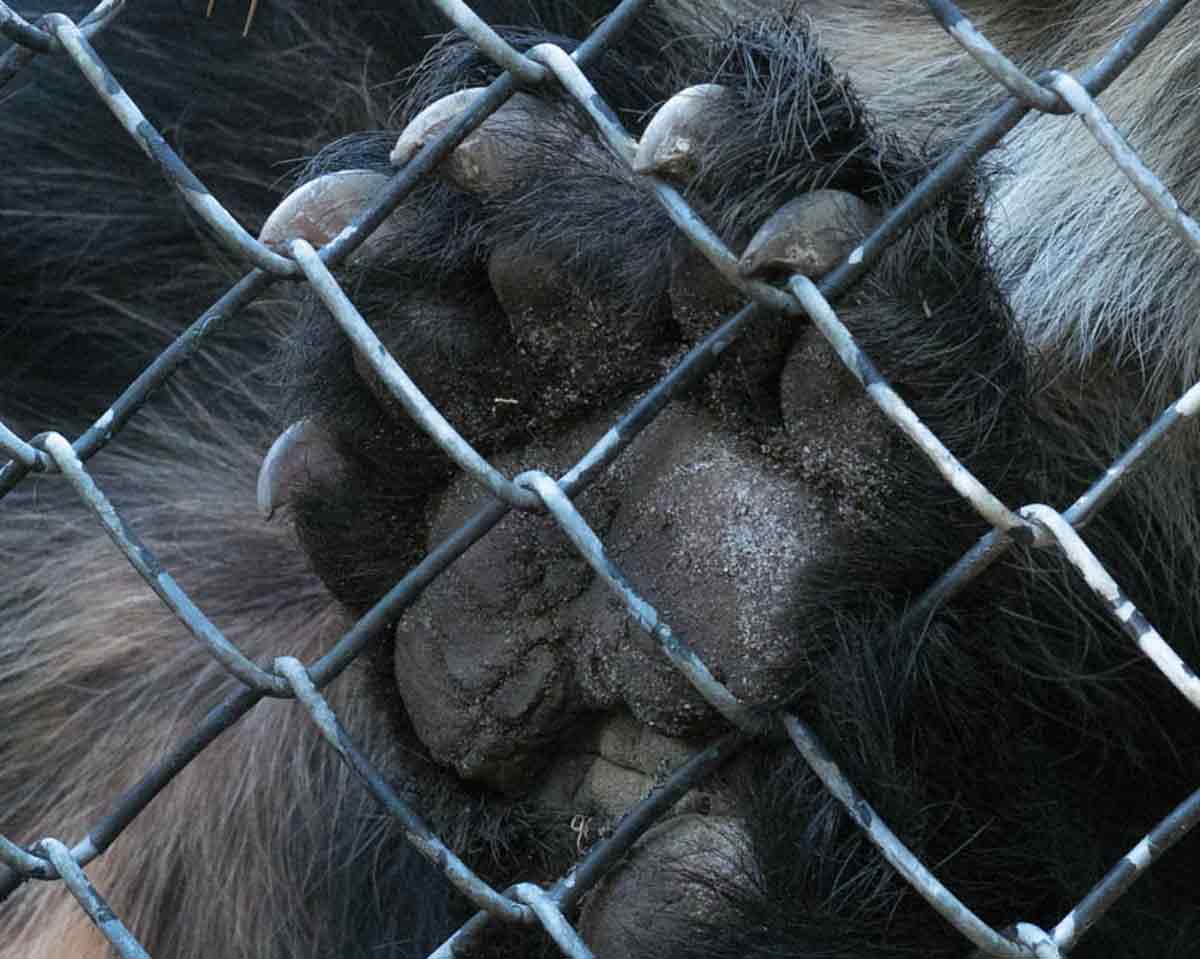
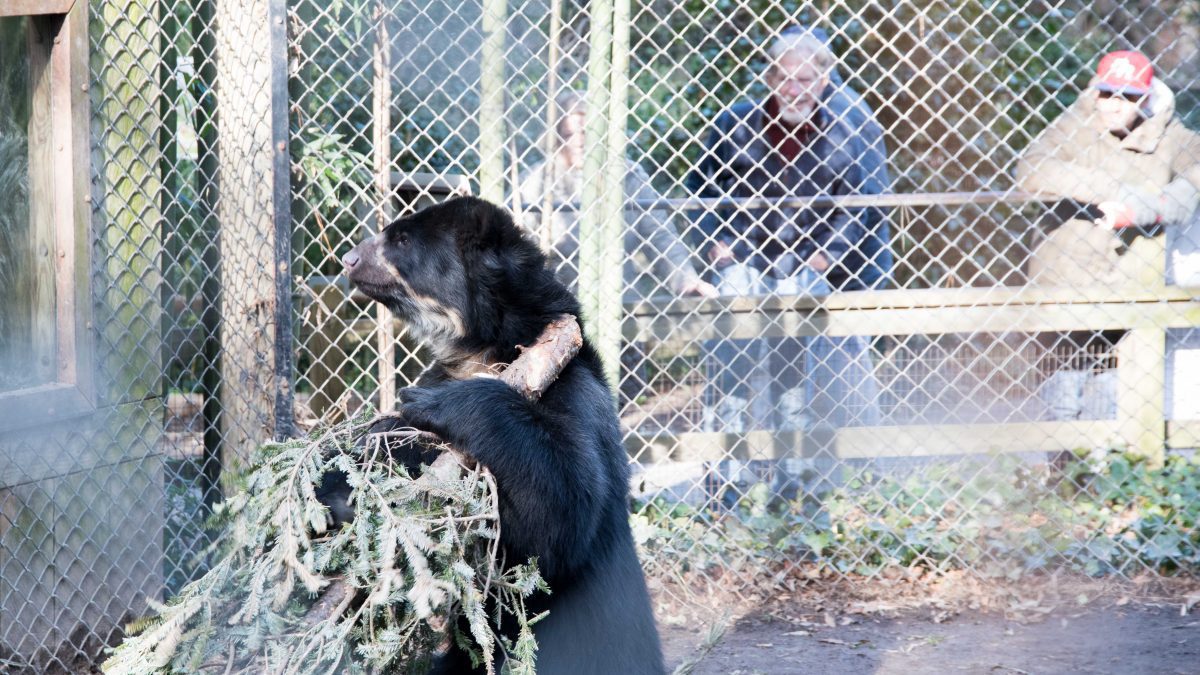


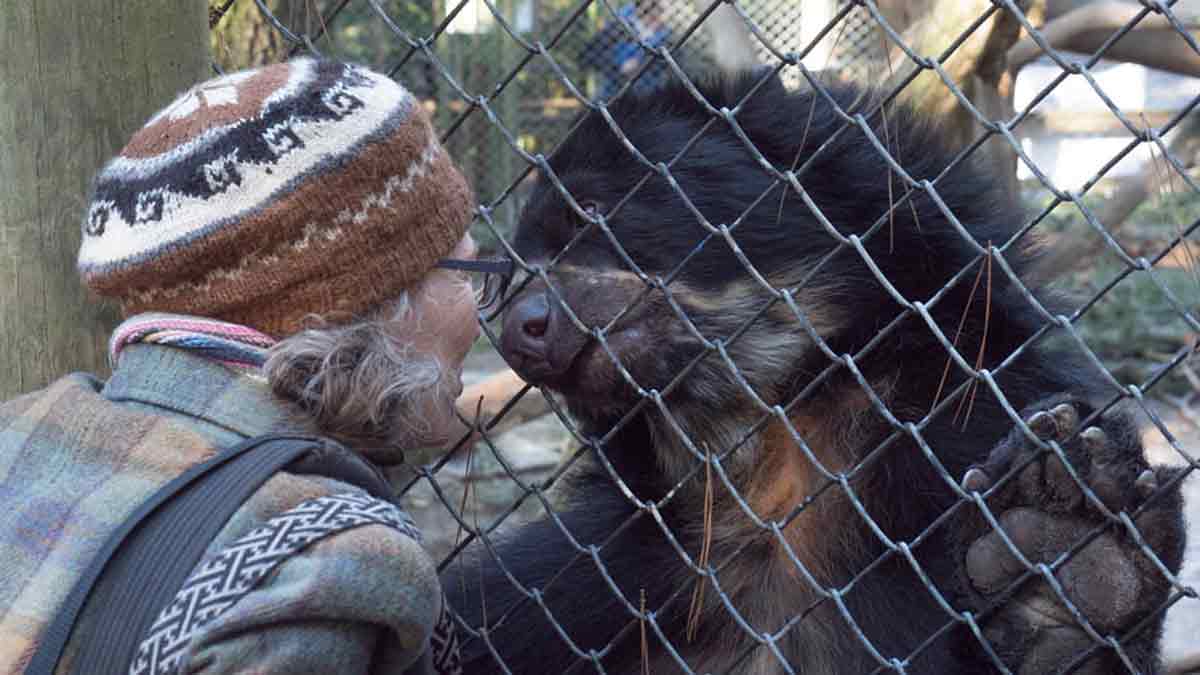
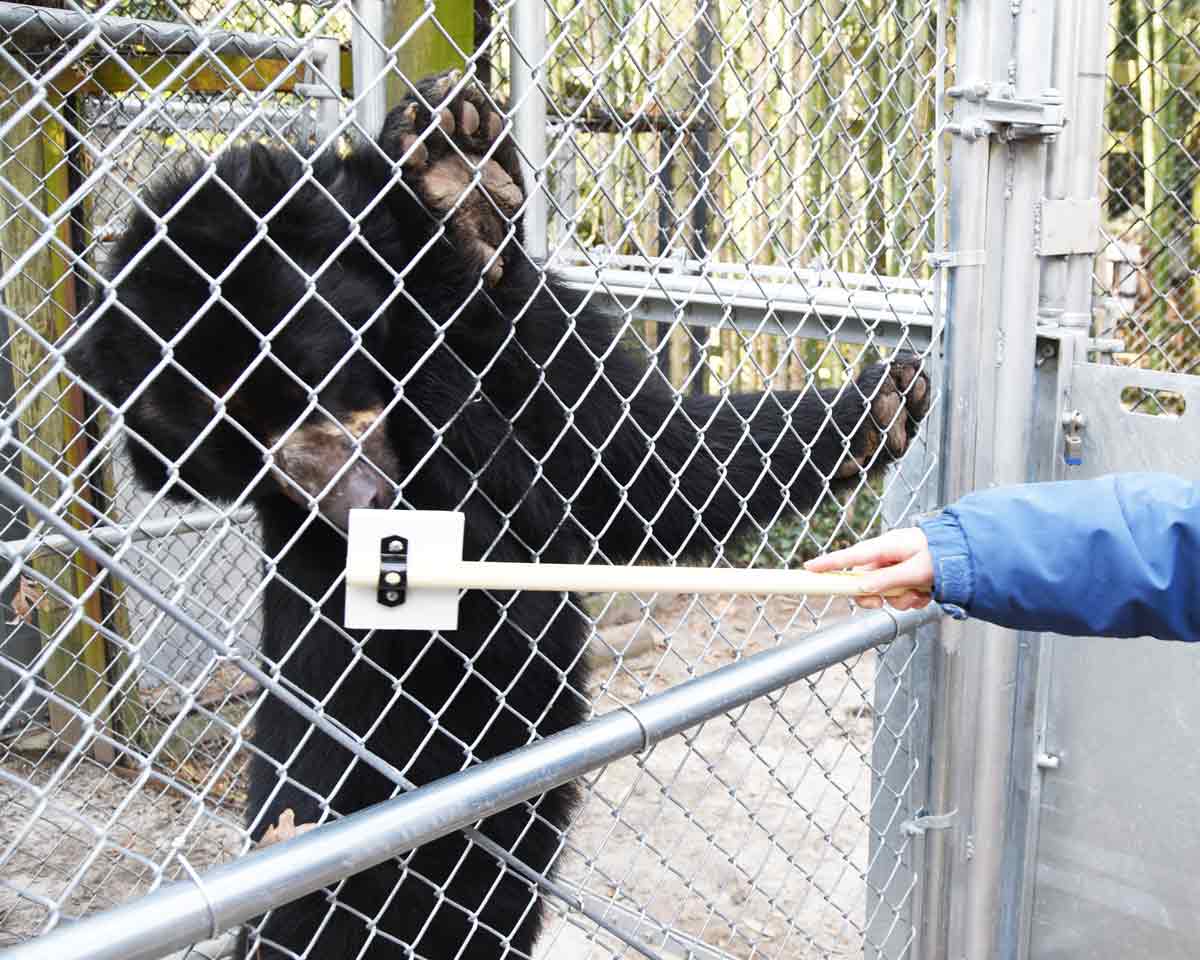
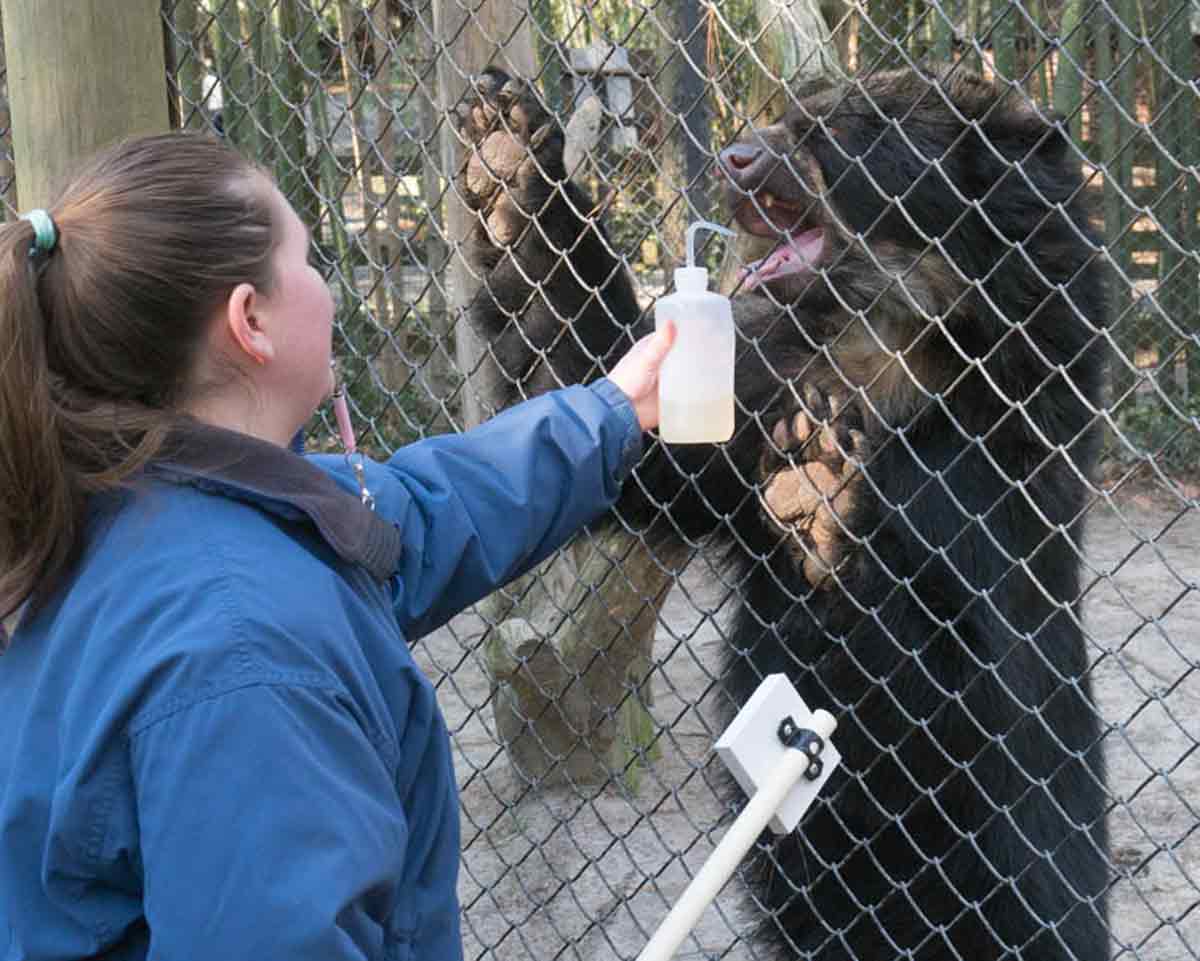
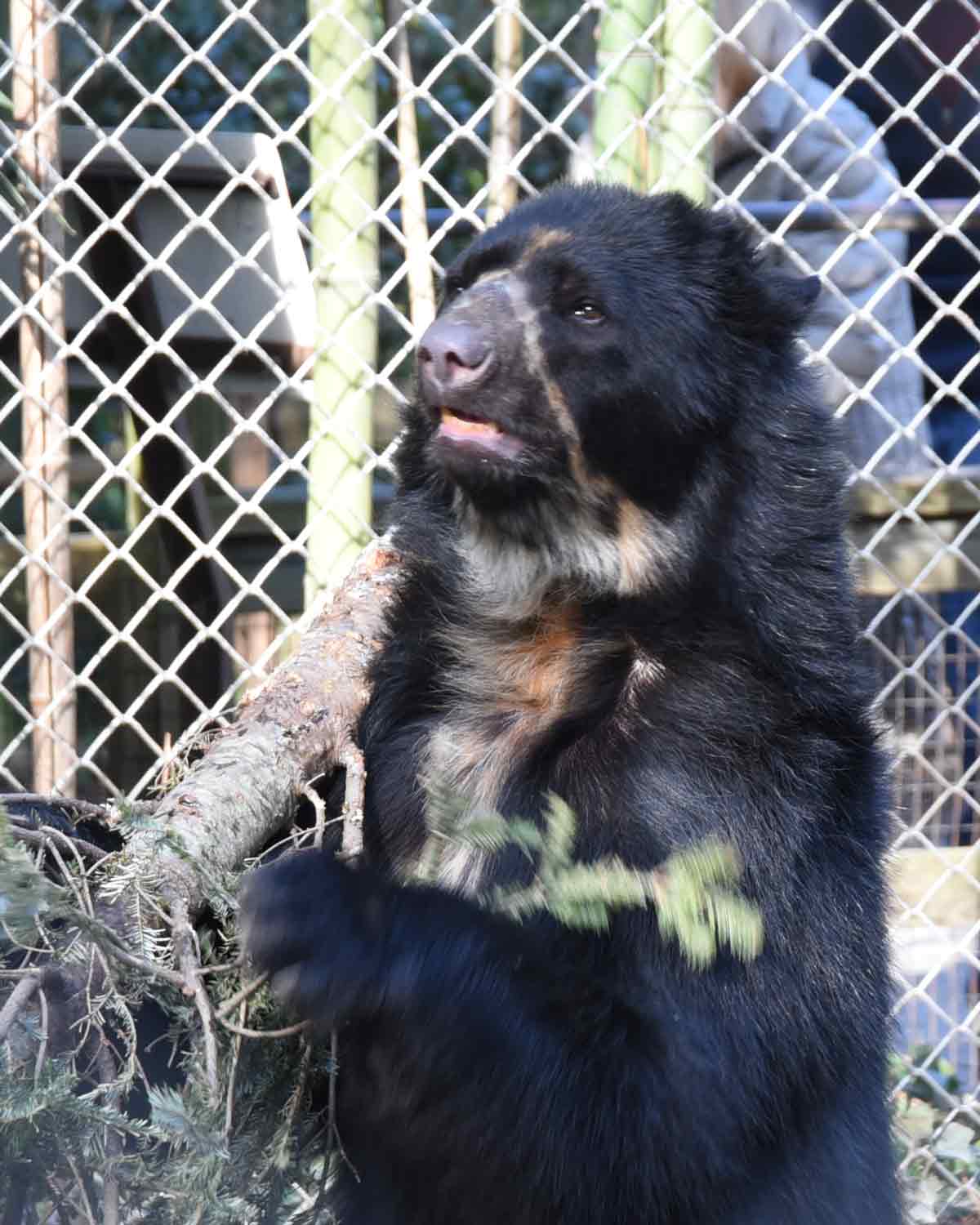
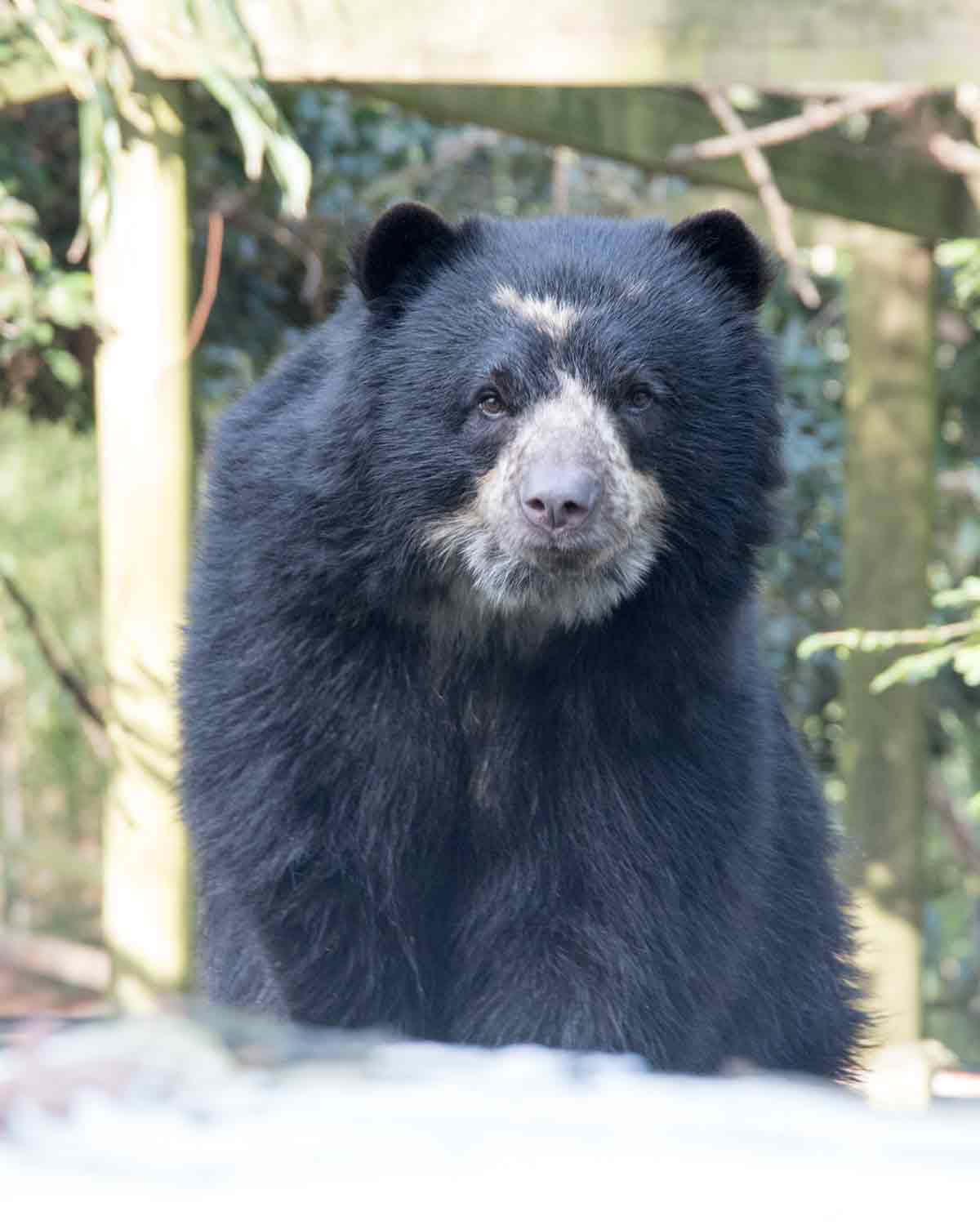











0 Comments